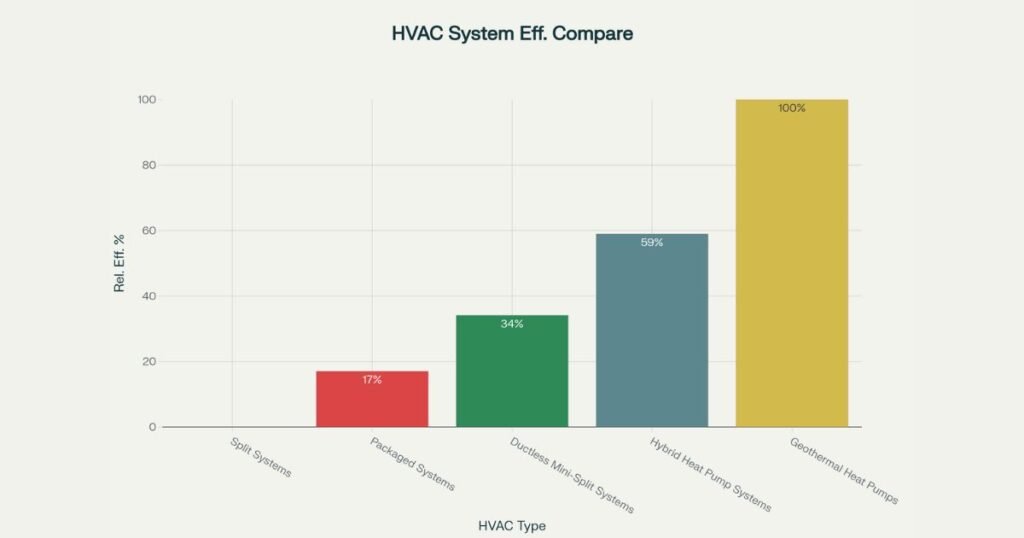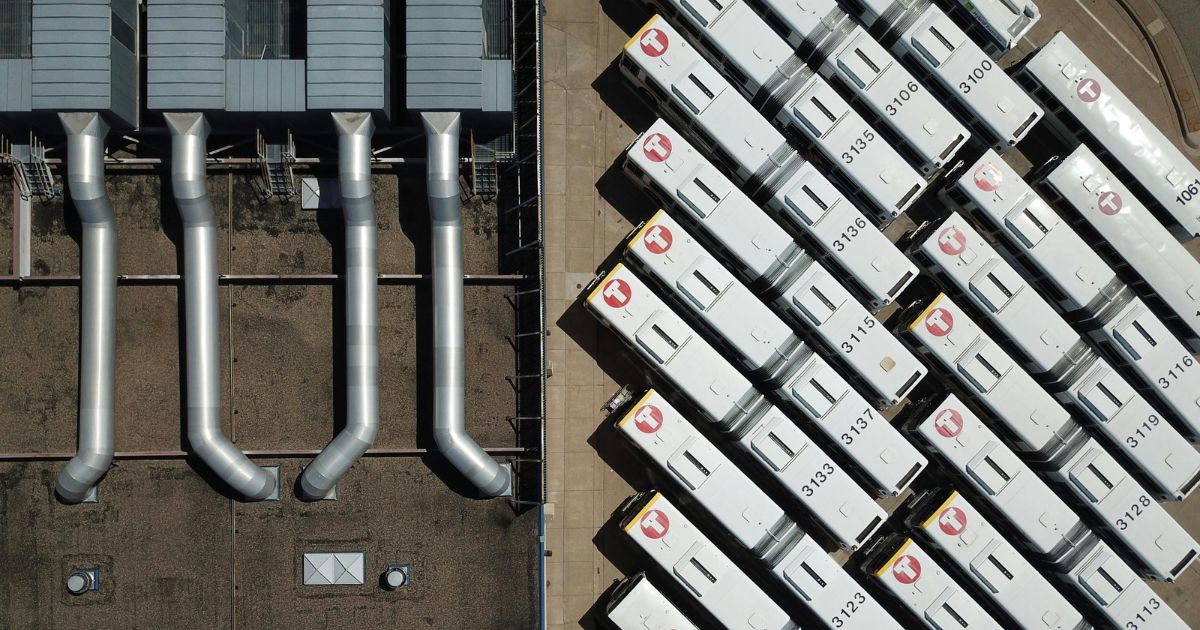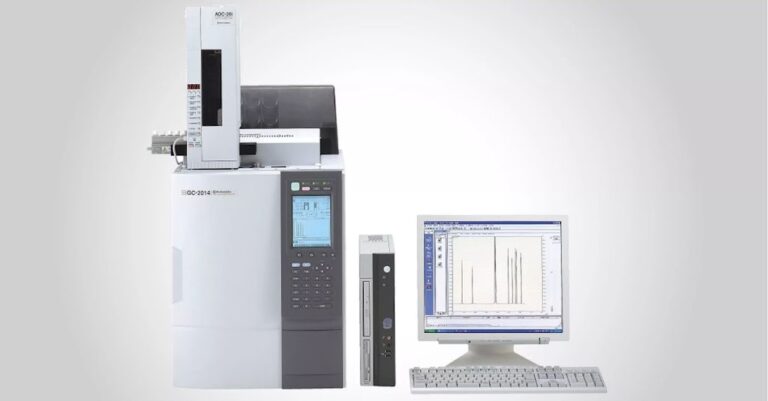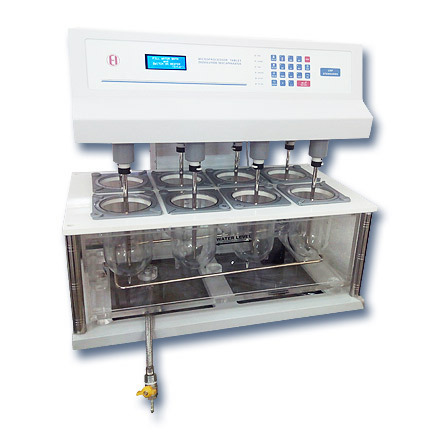The heating, ventilation, and air conditioning (HVAC) industry represents a critical infrastructure supporting modern pharmaceutical manufacturing, commercial buildings, and industrial operations. HVAC systems control environmental conditions through integrated mechanical and electrical components that regulate temperature, humidity, air quality, and pressurization.
In pharmaceutical manufacturing specifically, HVAC systems ensure product quality, regulatory compliance, and operational safety by maintaining precise environmental controls required for drug manufacturing processes.
What is an HVAC System?
HVAC stands for Heating, Ventilation, and Air Conditioning – a comprehensive environmental control system that manages indoor climate conditions through three integrated subsystems. Unlike simple air conditioning units that only provide cooling, HVAC systems deliver complete climate control including heating, air quality management, and ventilation.
Core HVAC Functions
- Heating: Temperature elevation using furnaces, boilers, or heat pumps
- Ventilation: Air exchange and quality control through filtration and circulation
- Air Conditioning: Cooling and dehumidification via refrigeration cycles
HVAC Working Principles: The Science Behind Climate Control
HVAC systems operate on three fundamental physics principles: thermodynamics, fluid mechanics, and heat transfer. These scientific foundations enable precise environmental control across diverse applications.
1. Thermodynamics in HVAC Systems
Thermodynamic principles govern energy conversion and transfer within HVAC systems. The first law of thermodynamics (energy conservation) ensures that heating and cooling energy inputs match system outputs, while the second law dictates heat flow direction from high to low temperature regions.
Key thermodynamic processes:
- Vapor compression cycles in refrigeration systems
- Combustion thermodynamics in gas furnaces and boilers
- Heat pump thermodynamics for dual heating/cooling operations
2. Heat Transfer Mechanisms
HVAC systems utilize three heat transfer modes to manage thermal energy:
Conduction: Heat transfer through solid materials like ductwork and heat exchangers. Formula: q = -kA(dT/dx), where k is thermal conductivity.
Convection: Heat transfer through fluid movement in air handling and water circulation systems. Formula: q = hA(Ts – Tf), where h is the convective heat transfer coefficient.
Radiation: Electromagnetic heat transfer important for solar heat gain and infrared heating systems.
3. Fluid Mechanics and Airflow Dynamics
Fluid mechanics principles control air and water circulation throughout HVAC systems. Bernoulli’s equation governs pressure relationships in ductwork design, while mass conservation ensures proper airflow balancing.
Critical fluid mechanics applications:
- Ductwork pressure drop calculations for fan sizing
- Chilled water circulation in cooling systems
- Refrigerant flow through evaporator and condenser coils
Essential HVAC System Components
Modern HVAC systems integrate multiple mechanical and electrical components working in coordination to achieve environmental control objectives.
Air Handling Systems
Air Handling Units (AHUs) serve as the central air processing component in commercial HVAC systems. AHUs condition outdoor air through filtration, heating, cooling, and humidity control before distribution to building zones.
AHU Components:
- Air filters: Remove particulates and contaminants (HEPA filters achieve 99.97% efficiency for 0.3-micron particles)
- Heating coils: Provide thermal energy via hot water, steam, or electric resistance
- Cooling coils: Remove heat and moisture using chilled water or refrigerant
- Supply and return fans: Circulate conditioned air through ductwork
- Dampers: Control airflow volume and direction
Refrigeration and Cooling Systems
Water chillers generate chilled water for cooling applications using vapor compression refrigeration cycles. Industrial chillers provide precise temperature control essential for pharmaceutical and process cooling applications.
Chiller Components:
- Compressor: Circulates refrigerant and increases pressure/temperature
- Condenser: Rejects heat to cooling water or ambient air
- Expansion valve: Reduces refrigerant pressure and temperature
- Evaporator: Absorbs heat from chilled water circuit
Cooling Tower Systems reject waste heat from chiller condensers to the atmosphere through evaporative cooling. Cooling towers achieve energy-efficient heat rejection by utilizing latent heat of vaporization.
Heating Systems
Boilers and furnaces provide thermal energy for space heating and process applications. Natural gas, oil, and electric heating systems offer different efficiency and cost characteristics.
Heating System Types:
- Gas furnaces: Achieve 80-98% AFUE efficiency ratings
- Electric heat pumps: Provide 250-400% heating efficiency (COP 2.5-4.0)
- Boiler systems: Generate hot water or steam for hydronic heating
Control and Automation Systems
Building Management Systems (BMS) integrate HVAC control with intelligent automation and energy optimization. Smart controls utilize sensors, algorithms, and communication networks to optimize system performance.
Advanced Control Features:
- Variable frequency drives (VFDs) for fan and pump energy optimization
- Occupancy sensors for demand-controlled ventilation
- Weather compensation for predictive control strategies
- Energy monitoring and analytics for performance optimization

HVAC System Types and Applications
1. Split HVAC Systems
Split systems represent the most common residential and light commercial HVAC configuration. These systems separate indoor evaporator components from outdoor condensing units.
Split System Advantages:
- Cost-effective installation for smaller applications
- Individual zone control capabilities
- Quiet indoor operation with outdoor compressor placement
- Maintenance accessibility with separated components
2. Packaged HVAC Systems
Packaged systems integrate all HVAC components in a single outdoor unit, ideal for commercial applications with limited indoor space.
Packaged System Benefits:
- Space efficiency with rooftop installations
- Simplified maintenance with centralized components
- Weather protection with factory-sealed enclosures
- Scalable capacity from 5-50 tons cooling
3. Ductless Mini-Split Systems
Ductless systems eliminate ductwork requirements through direct room-by-room conditioning. Individual indoor units connect to outdoor condensers via refrigerant lines.
Ductless Advantages:
- Energy efficiency eliminating duct losses (20-30% typical)
- Installation flexibility in retrofit applications
- Individual room control for personalized comfort
- Quiet operation with advanced compressor technology
4. Hybrid Heat Pump Systems
Hybrid systems combine electric heat pumps with gas furnace backup for optimal efficiency across varying climate conditions. Intelligent controls automatically select the most cost-effective heating mode.
Hybrid System Benefits:
- Year-round efficiency with dual fuel options
- Reduced operating costs through fuel optimization
- Reliable heating in extreme cold conditions
- Environmental benefits with reduced emissions
HVAC in Pharmaceutical Applications
Pharmaceutical cleanrooms require specialized HVAC systems to maintain sterile manufacturing conditions and regulatory compliance. HVAC systems control particulate contamination, microbial growth, temperature, humidity, and pressure differentials.
Cleanroom HVAC Requirements
ISO 14644 standards define cleanroom classifications based on airborne particle concentrations. Class 5 cleanrooms (pharmaceutical aseptic processing) require:
- 240-360 air changes per hour for particle control
- HEPA filtration achieving 99.97% efficiency at 0.3 microns
- Positive pressure differentials (5-15 Pa) to prevent contamination
- Temperature control (20±2°C) and humidity control (45±5% RH)
Pharmaceutical HVAC Design Considerations
Regulatory compliance requires validated HVAC systems meeting FDA, EMA, and ICH guidelines. Design qualifications (DQ), installation qualifications (IQ), operational qualifications (OQ), and performance qualifications (PQ) ensure system validation.
Critical design elements:
- Redundant equipment for 24/7 operation reliability
- Contamination prevention through proper airflow patterns
- Energy recovery systems for operational cost control
- Monitoring and alarms for continuous validation
Energy Efficiency and Optimization
SEER and Efficiency Ratings
Seasonal Energy Efficiency Ratio (SEER) measures cooling system efficiency over entire cooling seasons. SEER2 ratings (effective 2023) provide more realistic efficiency measurements under actual operating conditions.
Efficiency Standards:
- Minimum SEER requirements: 14 (northern US), 15 (southern US)
- High-efficiency systems: SEER 18-25+ available
- Energy savings: Each SEER point increase provides 10-20% utility cost reduction
Energy Efficiency Comparison Chart across System Types
Below is a visual energy-efficiency comparison chart for the most common HVAC system types. It covers SEER ratings (cooling), AFUE (heating), and typical energy savings potential vs. standard split systems (baseline 0%).

Smart Controls and Automation
Smart HVAC controllers utilize artificial intelligence and IoT connectivity for predictive optimization. Machine learning algorithms analyze occupancy patterns, weather data, and system performance for automated efficiency improvements.
Smart Control Benefits:
- Energy savings: 10-40% reduction in operational costs
- Remote monitoring: Real-time system diagnostics and control
- Predictive maintenance: Equipment failure prevention
- Demand response: Grid integration for utility cost optimization
Maintenance and Troubleshooting
Preventive Maintenance Programs:
Regular maintenance ensures optimal HVAC performance, energy efficiency, and equipment longevity. Preventive maintenance programs should include monthly, quarterly, and annual service intervals.
Essential Maintenance Tasks:
- Air filter replacement: Every 1-3 months depending on application
- Coil cleaning: Annual cleaning prevents efficiency degradation
- Refrigerant level checks: Ensure proper system charge
- Belt and bearing inspection: Prevent mechanical failures
- Control calibration: Maintain accurate temperature and pressure control
Common HVAC Problems and Solutions
System diagnostics require systematic troubleshooting approaches to identify root causes.
HVAC vs. AC Systems: Key Differences
Understanding the distinction between HVAC and AC systems helps in selecting appropriate climate control solutions.
| Feature | AC Systems | HVAC Systems |
|---|---|---|
| Functionality | Cooling and dehumidification only | Heating, ventilation, and air conditioning |
| Components | Evaporator, condenser, compressor | Complete climate control integration |
| Applications | Residential cooling, single zones | Commercial buildings, multiple zones |
| Energy Efficiency | Limited to cooling efficiency | Comprehensive energy management |
| Cost | Lower initial investment | Higher upfront cost, better long-term value |
| Control | Basic temperature control | Advanced building automation |
Future Trends and Technologies
Sustainable HVAC Technologies: Environmental regulations drive innovation toward sustainable HVAC solutions. Low-GWP refrigerants, geothermal systems, and solar-assisted HVAC reduce environmental impact while maintaining performance.
Emerging Technologies:
- Variable refrigerant flow (VRF) systems for zone-specific control
- Magnetic bearing chillers for oil-free, efficient operation
- Desiccant dehumidification for energy-efficient moisture control
- Heat recovery ventilation for energy conservation
Integration with Building Systems
Smart building integration connects HVAC systems with lighting, security, and energy management for holistic building automation. Digital twins and IoT sensors enable predictive maintenance and optimization.
What regular maintenance does an HVAC system require for optimal performance?
Regular HVAC system maintenance includes replacing air filters every 1–3 months, inspecting and cleaning ducts, checking thermostat settings, ensuring the outdoor unit is free of debris, and scheduling professional service at least once a year. Preventive maintenance helps extend system life, ensures energy efficiency, and reduces the likelihood of unexpected breakdowns
How do you determine the right size HVAC system for a building?
The appropriate HVAC system size is determined through a load calculation that considers the building’s square footage, insulation, window types, orientation, and occupancy. Proper sizing ensures the system operates efficiently—units that are too large waste energy, while units that are too small struggle to maintain comfortable temperatures
What is a SEER rating, and why is it important?
SEER (Seasonal Energy Efficiency Ratio) rates the efficiency of air conditioning systems. A higher SEER means better energy efficiency and lower operating costs. When selecting new HVAC equipment, choosing a system with a high SEER rating can significantly reduce energy bills and environmental impact over time
What are the most common causes of reduced HVAC system efficiency?
Poor maintenance (such as dirty filters), ductwork leaks, outdated equipment, improper thermostat settings, and lack of regular servicing can all reduce system efficiency. Addressing these issues—especially through regular maintenance and occasional professional checkups—can help restore and maintain energy efficiency
What new technologies are improving HVAC systems today?
Recent HVAC innovations include smart thermostats, IoT-based monitoring, building automation systems, use of eco-friendly refrigerants, and variable speed drives. These advancements lead to greater energy efficiency, improved comfort, easier diagnostics, and reduced environmental impact.
Conclusion
HVAC systems represent sophisticated engineering solutions that integrate thermodynamic principles, advanced controls, and mechanical components to achieve precise environmental control. In pharmaceutical manufacturing, these systems ensure product quality and regulatory compliance through validated cleanroom environments.
Key success factors for HVAC system performance include proper design, quality installation, regular maintenance, and continuous optimization through smart controls. Energy efficiency improvements through high-SEER equipment and intelligent automation deliver significant operational cost savings while supporting sustainability objectives.
Understanding HVAC working principles and components enables informed decision-making for system selection, operation, and maintenance across residential, commercial, and industrial applications.
n supply the fresh, filtered cooled air through installed ducting through the house or office. Such types of HVAC systems are used where indoor space is very limited and no room for the installation of HVAC components inside the controlled area.
References:
- www.trane.com,
- www.lenox.com
- Comprehensive HVAC designs (A Handbook on a Practical Approach to Air Conditioning, Heating, and Ventilation System)-N. C. Gupta
- ASHRAE Handbook-https://www.ashrae.org/technical-resources/ashrae-handbook




